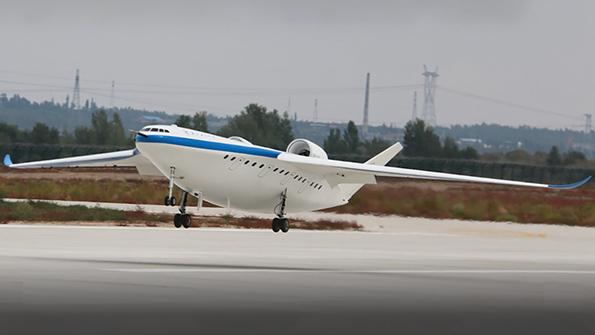
The BWB-300 has a deep, cambered lifting fuselage.
Credit: Northwestern Polytechnical University
China’s Northwestern Polytechnical University has flown a subscale model of a 300-330-seat blended wing body (BWB) airliner concept, the BWB-300, designed in collaboration with commercial aircraft manufacturer Comac. The 10.3%-scale model was flown autonomously from the UAV flight-test center at...
Subscription Required
This content requires a subscription to one of the Aviation Week Intelligence Network (AWIN) bundles.
Schedule a demo today to find out how you can access this content and similar content related to your area of the global aviation industry.
Already an AWIN subscriber? Login
Did you know? Aviation Week has won top honors multiple times in the Jesse H. Neal National Business Journalism Awards, the business-to-business media equivalent of the Pulitzer Prizes.
